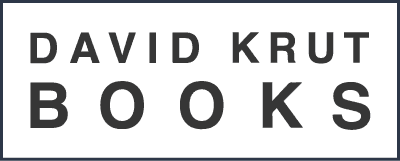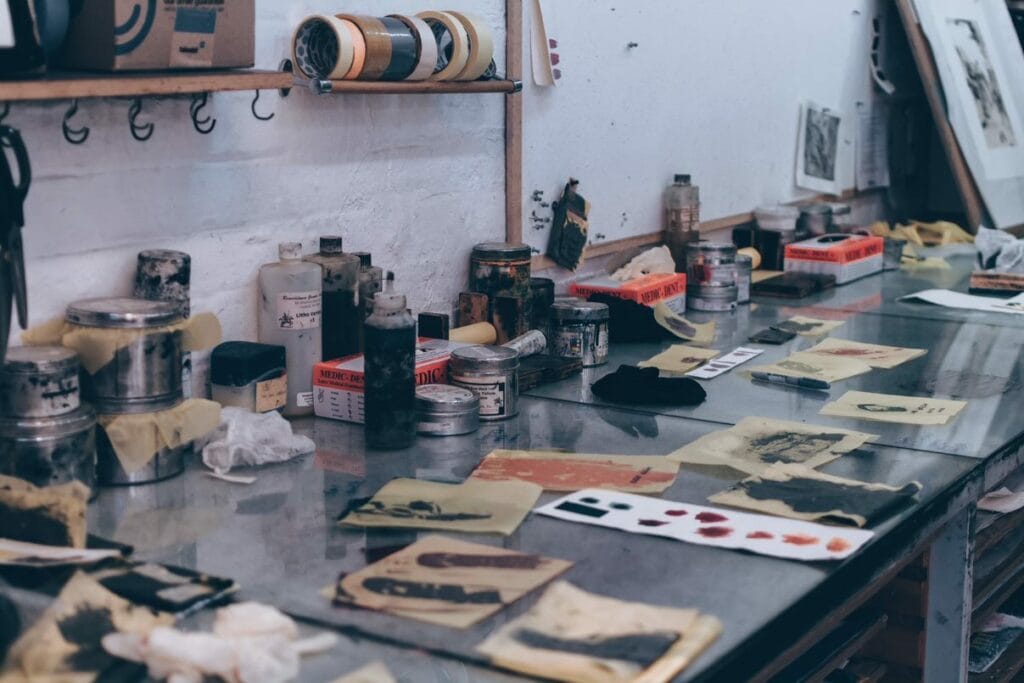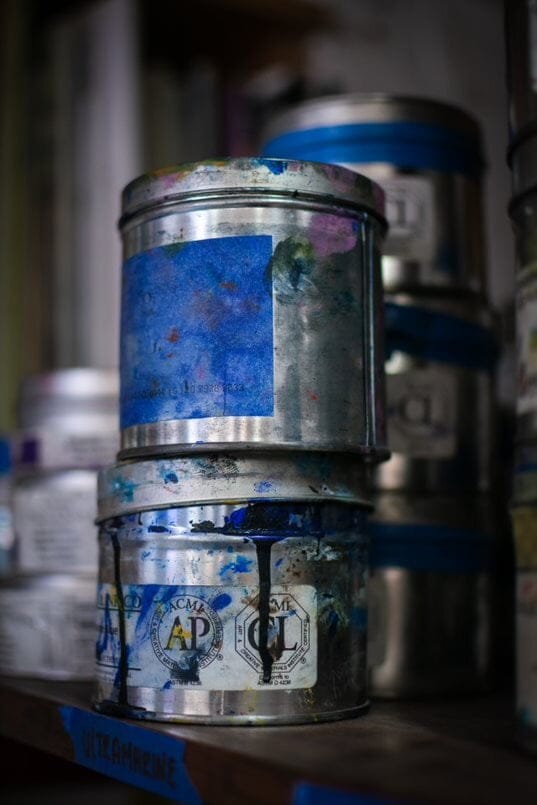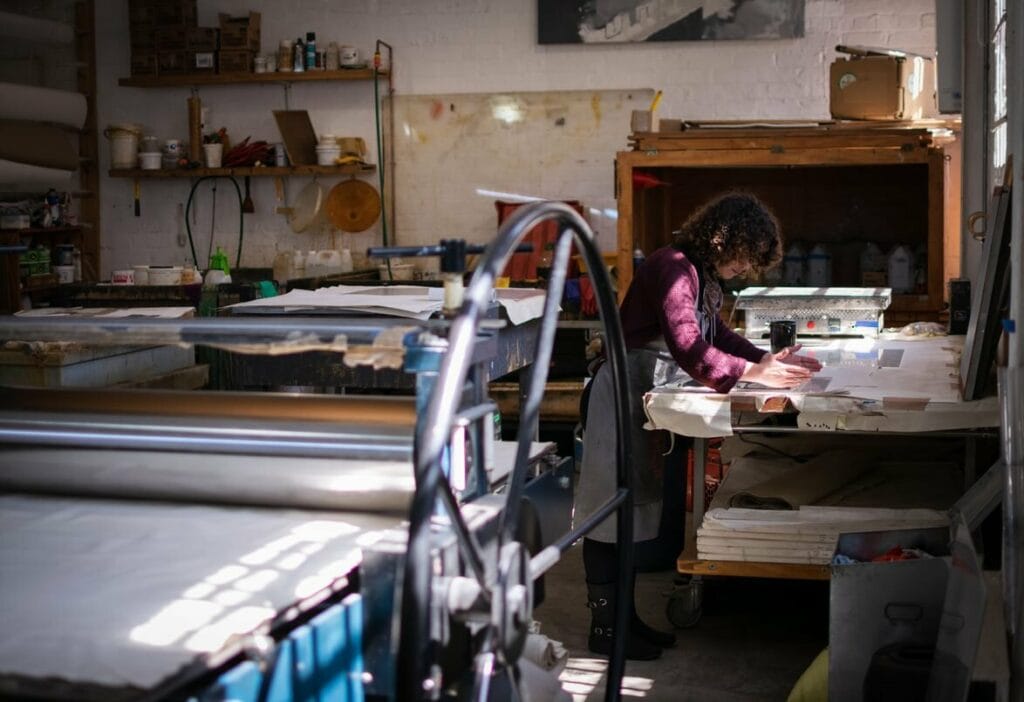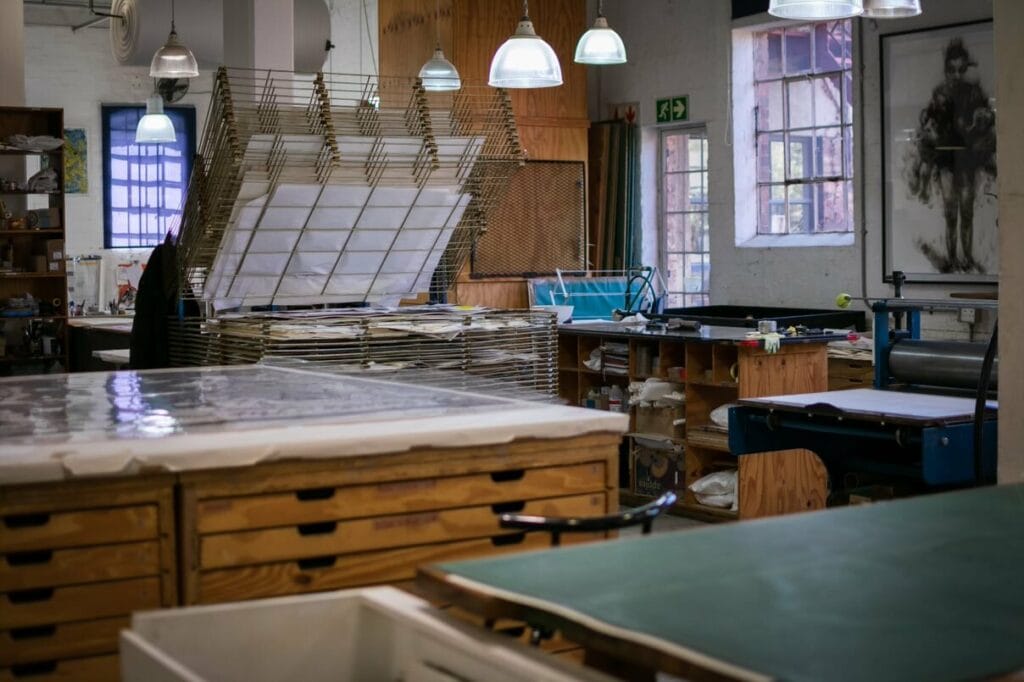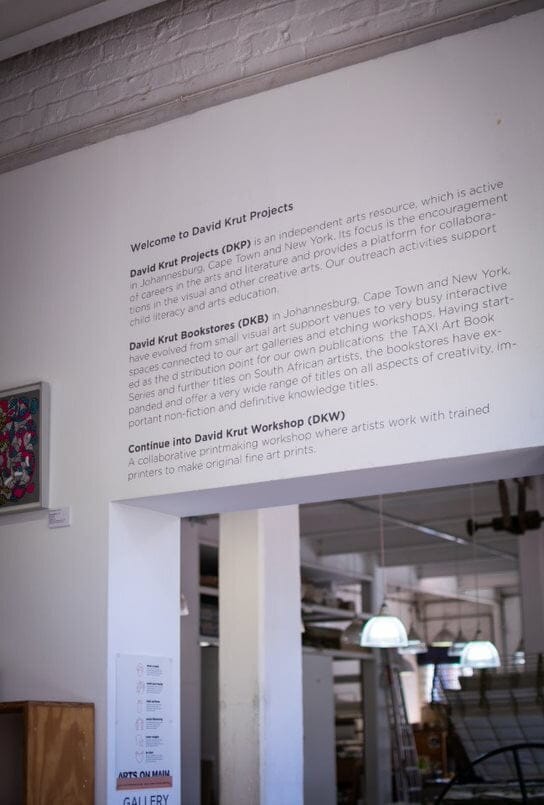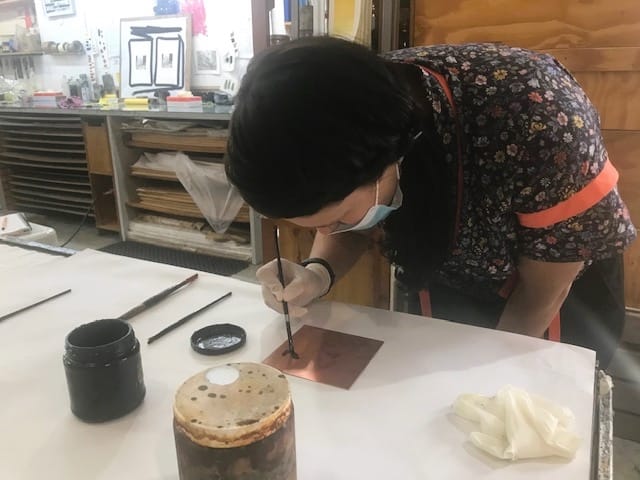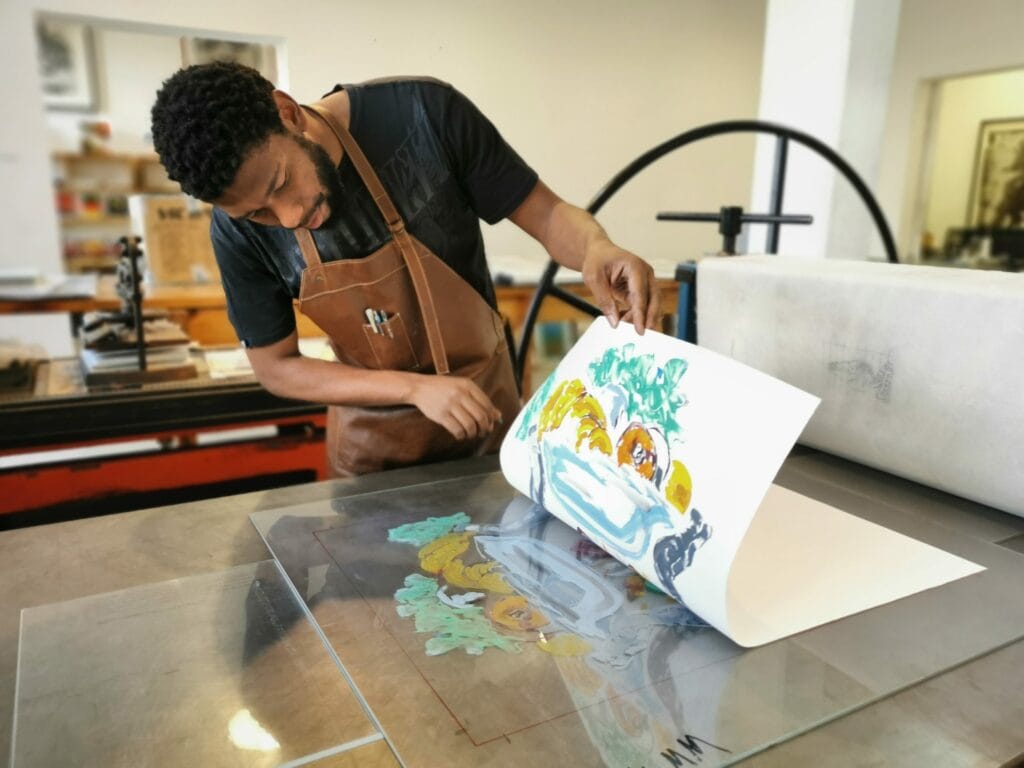An Hour at the Workshop: Grasping the Complex world of Printmaking by Lukanyo Mbanga
I hadn’t been five minutes at the bookstore before Amé our gallery director, told me to get ready, ‘We’re going to Arts on Main to visit the workshop.’ Here’s a disclaimer: whether you’re working at the gallery or (like me) at the bookstore, it goes with out saying that that THE BLUE HOUSE right of passage is having at least some knowledge of printmaking. Unless you’re okay with looking blankly at a customer who walks in and asks whether the art piece above the bookshelf is a lithograph or a painting. I definitely was not okay with this. Something had to be done. So you could imagine my excitement at going to the place where all the magic happens. I was given the chance to experience of the complex world of printmaking!
Woah. This was my first thought when I entered the workshop. It felt like I’d walked into a sort of laboratory. Where aprons were worn in place of lab coats, where ‘test tubes’ held inks and paints and ‘experiments’ are made on perspex and copper plates. A place holding the curious fusion of precision and creative freedom. Where despite structure and neatness there’s still the charming sense that this is a place where hands will definitely get dirty.
I was first introduced to Mandla Mavengere’s watercolour and oil-based monoprints and monotypes. Pardon? The mono-who’s? Fear not! I’ll break it down. A mono-TYPE is a painting or drawing made onto a smooth non-absorbent surface and put through the press. It’s a one-of-a-kind print meaning it can’t be editioned. If you already knew this, fantastic! A mono-PRINT is very similar to a monotype in the fact they cannot be identically reproduced. They often exist in a series where one can observe the same elements, patterns or colour palletes in each of the work. Don’t worry— it’ll grow clearer with time!
Still on Mavegere’s work, Amé had pointed out a curious layering of bank notes that didn’t quite seem to fit the oil-paint medium. I had then found out that these bank notes are his signature ‘Gondruala’ bank notes hand carved in linoleum. It involves ‘Carving into linoleum….linocut. Carving in to wood…woodcut,’ said DKW printer, Sarah Judge. Sarah was a fantastic tour guide. Completely understanding the fact that I barely new the basics of printmaking, she made these kind of succinct statements whilst having enough confidence in me to delve me into all the integral processes of printmaking. These bank notes, for example are added to the are placed into the through a technique known as chin-collé. Chine-co— what now? Well, let’s look at it through Nina Torr’s work.
*Fun Fact! Relief printing (woodcuts and linocuts) is the oldest of all printmaking techniques dating back to the Tang Dynasty in the seventh century!
Like Mavegere’s work there are so many techniques and processes that one can be acquainted with just be viewing Torr’s delicate etchings on a silkscreen backdrop. Now we move from perspex to copper plates where all sorts of new and daunting techniques are surfaced. Steel-facing to fortify the plate, hardground and softground to create different stroke effects, aquatint to create tonal values (or in laymen’s terms, a washed out look). But we’ll go back to chine-collé. Sarah kindly explained to my baffled self that it involves gluing a thin and delicate paper or linen to a heavier sheet so that they appear seamless. It’s a french Nina Torr’s piece , ‘The little dog laughed,’ struck out to me specifically. Apart from the intriguing gestural almost scrawny strokes of the print, I was captured by it’s ‘done-within-the-moment.’ I was in awe to find that it was indeed intended to be just a test-plate, but it gave such an endearing effect that Torr and the team agreed it should be left how it is. I loved this story. It showed how integral collaboration is between the artist and printmakers as well as the power printmakers have to inspire confidence in the artist and their work.
Watching DKW printer, Roxy Kaczmarek work with Amé on her etchings let me see first-hand how the artist and printmaker work together. It’s actually quite intimate. I saw the exchange of reassurance, calling for opinion and of course the need for a final say. Both are putting their precision and expertise to create the perfect image. This is known as the BAT— bon á tirer, good to pull or the first perfect impression! Pretty cool, right?
All this had seeped into my well of knowledge in sixty minutes. Processing it all took much longer. A big thank you to Melissa for helping me extract the information and make it all make sense. Finally the gibberish has been translated. I now have confidence to communicate with customers and art viewers and even give small bouts of knowledge to anyone who asks. I can’t get ahead of myself, though— I’ve barely etched the surface! Even as I write this I’m still constantly referring to The Printmakers Bible to make sure I haven’t fed you a bunch of nonsense. Now I’m happy to say that the word ‘intaglio’ no longer sounds like a type of pasta! Thank you Amé for this spontaneous an unforgettable adventure, it left a big imprint on me…(Okay, I’ll stop now.)
Written by Lukanyo Mbanga
